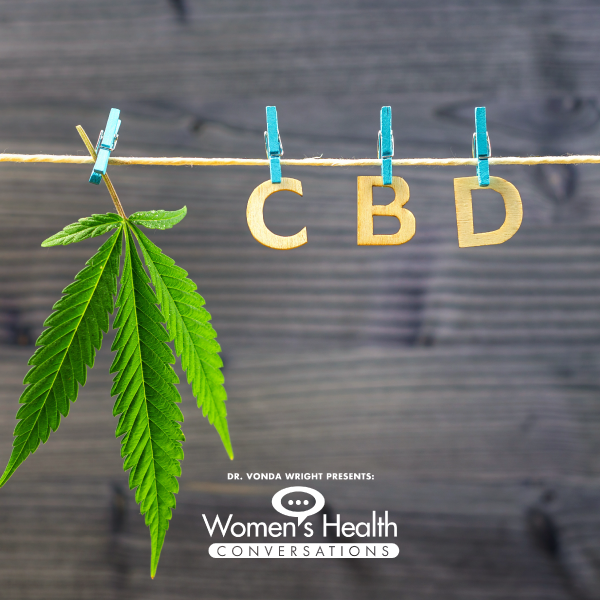CBD Explained
Cannabidiol, or CBD, is a hot topic in the US at the moment. It is instantly and negatively associated with marijuana and wrongly dismissed as a Hippy medicine for many people. Dr. Wright recently interviewed her trusted colleague and friend, Sanjeev Javia, CEO and Product Formulator of PROZE, to clarify precisely what CBD is, how it works, and why it is nothing to freak out over.
Let’s look at the key takeaway points from the interview here:
This is Not the Marijuana You are Thinking Of
The first commonly misconstrued point that we clear up is where CBD comes from. There are three recognized species in the cannabis genus within the much larger Cannabaceae family of plants; Cannabis sativa, Cannabis Indica, and, cannabis ruderalis.
When we think of cannabis or marijuana, we are thinking of cannabis Indica. The Indica plant has a very high content of THC (tetrahydrocannabinol), and this is the stuff that gets you ‘high’.
The Ruderalis plant has lower THC levels and is native to Europe rather than Asia (Sativa) and India (Indica).
The Sativa plant, despite having THC, also produces huge concentrations of CBD, and it is for this, as well as its impressive array of other uses, that it is widely cultivated.
As Sanjeev Javia, or Jeevers as he is usually known, puts it in the interview:
“It’s like having a lemon tree and an orange tree, they are both from the citrus family, but they are not the same thing.”
What Exactly is CBD?
Jeevers often refers to CBD as a nutrient in the interview. While THC is a nutrient that causes the body and mind to feel euphoria, CBD is the nutrient which ‘provides balance’. So while THC is trying to get the body to feel euphoric, CBD is effectively fighting against it to restore the efficiency of the areas THC is affecting.
Both THC and CBD can be separately or jointly enhanced or removed from within a plant before it is grown and, thus, sold and used for different reasons, be it medicinal or recreational. There are thousands of different strains of smokable marijuana with differing levels of potency, resulting in the amount of THC and CBD in the product. The medicinal benefits can be found here.
In simple terms, if you want to feel strong psychoactive effects of smoking a joint, you need a high content of THC in the marijuana and little to none of CBD. If you want to have mild effects, you need more CBD to balance it out or a weaker THC dose. If you take out the THC entirely and have only CBD, you won’t feel any of the ‘trippy’ effects we associate with smoking weed because CBD does not have any psychoactive properties.
What CBD does is restore balance and efficiency to our inner functions and systems, in particular the Endocannabinoid system. This will be explained below.
Why am I Only Hearing About CBD Now?
Simple, because it is no longer restricted. “In the 1930s, the US government put a ban on opioids and threw in cannabis too” says Jeevers. He goes on to say that this was because Hemp, another name for Cannabis Sativa, was proving to be far too useful and therefore threatening to Big Corps back in that time. So they used its rebellious relative Cannabis Indica to remove it from the competition.
The Hemp plant has many uses. It can be used as a biofuel; it can be used to make clothes, paper, textiles, paint, insulation for homes; used as animal feed and; it is an excellent alternative to plastic as it is biodegradable and, what’s more, it grows incredibly fast and is easily maintained.
It is not a new discovery. Indeed, it has been cultivated and used for at least 10,000 years in Chinese medicine. There is evidence of it being used as fiber for clothes as far back as 50,000 years ago.
Unfortunately, due to its prohibition, research on CBD’s uses was put to a halt in the US. However, scientists and doctors elsewhere, particularly in Israel, Germany, and Australia continued to research the beneficial qualities of CBD.
Endocannabinoid System (ECS)
This is where we get to the real crux of the matter. “If you’re going to remember one thing guys, remember this: Endo-canna-bi-noid system” mouths Jeevers to the camera excitedly.
This is the science:
“The endocannabinoid system (ECS) is a biological system composed of endocannabinoids, which are endogenous lipid-based retrograde neurotransmitters that bind to cannabinoid receptors (CBRs), and cannabinoid receptor proteins that are expressed throughout the vertebrate central nervous system (including the brain) and peripheral nervous system.”
The ECS is part of every one of us. We are born with it the same way we are born with our other organs and limbs. If the endocannabinoids are working efficiently and are in greater production within the body, you will feel more in balance, and they will also help you to reduce or resolve a variety of problems.
Of the many areas it influences, the ones in which CBD is proving to help the ECS work to solve more efficiently are; Pain; Anxiety; Insomnia; Nausea (& indigestion), Epilepsy (brain health). Or “PAINE” as Jeevers calls it.
“By taking CBD, you are not adding new things to your body, like prescription drugs, you are optimizing your body’s innate functions”.
CBD boosts the ECS, which influences a variety of functions, working more efficiently and proving to be a far healthier alternative to prescription drugs, which often only deal with one problem. This latter point often leads us to take other prescription drugs to deal with other problems, and as a result, we are continually adding new things to our bodies. They can also cause addiction.
CBD just helps out and motivates the star player to bring its best game.
“Over time,” says Jeevers, “You will actually reduce the amount of CBD you administer.”
Dr. Wright asks, “What could be the role of CBD in post-op surgery pain?” and the response from Jeevers is very quick: “Incredibly beneficial… it will help with inflammation and of course nerve health, which is the essence of pain.”
Where Can I Buy CBD and What Should I Watch Out For?
CBD products in the US are in a grey area regarding regulation, and therefore many people are producing them, some of whom probably shouldn’t be. Here is a checklist of things to do before buying a CBD product:
- CBD oils and other supplements are legal in all states except Utah, where only ‘Isolate’ CBD products are permitted for sale
- Don’t buy it from a gas station. Go to a credible source the same way you would purchase medicine.
- Check that a third party has tested the product. This should be printed on the product, and you should check the validity of the ‘third party’. Eg. Check the website address or call the number given.
- Make sure that the product has been manufactured in a GMP facility.
- Check the website of the product. You want to see pictures of the founders, a genuine address, telephone numbers.
- Read testimonials and reviews that are from real people; fake ones are easy to spot.
- Any genuine manufacturer will offer a refund or at least compensation if you are not satisfied with the product.
For more information about how you can take CBD, Sanjeev Javia’s philosophy, using CBD for the health of your pet, and CBD in sports, you can watch the interview here.
Sanjeev Javia is currently the CEO/Founder of PRōZE a company that markets CBD Infused nutrition. Sanjeev Javia has an undergraduate degree from the University Of Michigan in Biology and Biopsychology and a graduate degree in Business Administration from the Thunderbird School of Global Management.
Follow Jeevers on:

